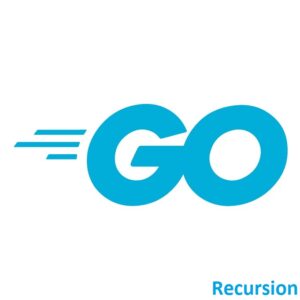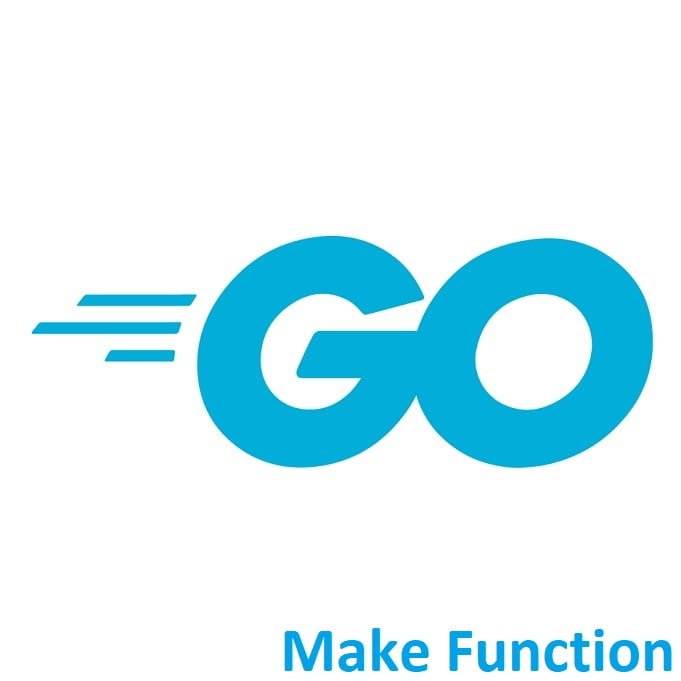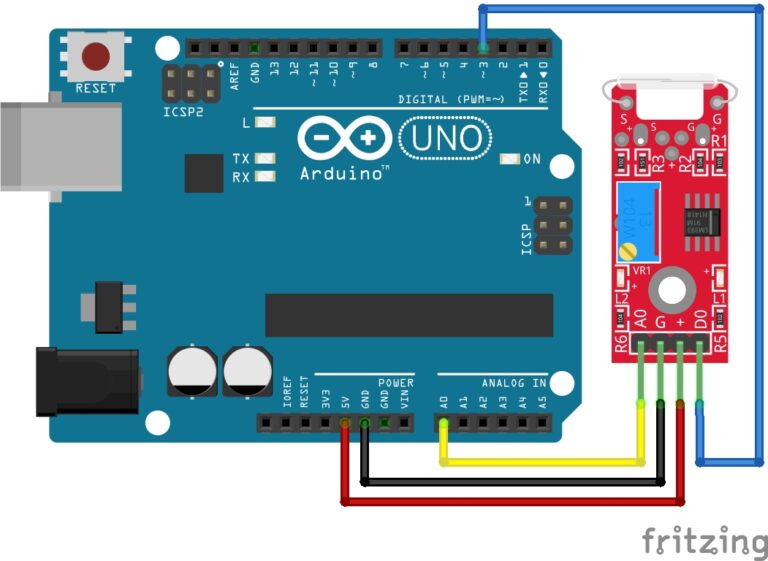
Understanding the Power and Limitations of Recursive Algorithms!
Welcome to the world of Golang! Recursion is a powerful programming technique that involves a function calling itself to solve problems. This guide focuses on understanding recursion in Go, showcasing its applications, advantages, and potential pitfalls in solving complex problems through recursive algorithms.
Introduction to Recursion in Programming:
Defining Recursion
Recursion is a programming technique where a function calls itself, either directly or indirectly, to solve a problem or perform a task. It involves breaking down a complex problem into smaller, more manageable subproblems that are structurally identical to the original problem.
Self-Referential Function Calls
In a recursive function, the function calls itself within its own body, allowing it to repeat the process on smaller instances of the problem until a base case is reached.
func factorial(n int) int {
if n <= 1 {
return 1 // Base case
}
return n * factorial(n-1) // Recursive call
}
Characteristics of Recursive Functions
- Base Case: Every recursive algorithm must have a base case that defines when the recursion should stop. It prevents infinite recursion and provides the terminating condition.
- Divide and Conquer: Recursion typically employs a divide-and-conquer approach, breaking down larger problems into smaller, more manageable subproblems until they reach the base case.
Understanding the Recursive Paradigm
- Recursive thinking involves solving problems by decomposing them into smaller instances of the same problem, often leveraging the function’s ability to call itself.
Recursion vs. Iteration
- Recursion and iteration (looping) are two methods of solving problems. Recursion offers an alternative approach to iteration and can sometimes lead to more elegant and concise solutions for certain problems.
Applications and Use Cases
- Recursion finds applications in various domains, including mathematics, computer science algorithms (tree traversal, graph traversal), and problem-solving scenarios that can be naturally divided into smaller identical subproblems.
Challenges and Considerations
- Recursion can be challenging to grasp initially, especially understanding the flow of recursive calls and ensuring proper termination by defining base cases.
Understanding the fundamentals of recursion, its basic principles, and its applications lays the groundwork for exploring more complex recursive algorithms. It serves as a foundation for solving problems by breaking them down into smaller, more manageable instances through self-referential function calls.
Stack Management and Tail Recursion in Recursion:
Call Stack in Recursion
- When a function calls itself in a recursive manner, each successive call creates a new entry in the call stack, storing information about the function’s state, parameters, and local variables.
Stack Overflow and Memory Constraints
- Recursive functions add entries to the call stack with each recursive call. If there are too many recursive calls or the base case isn’t reached, it can lead to stack overflow, exhausting the available memory allocated to the call stack.
Tail Recursion
- Tail recursion is a special form of recursion where the recursive call is the last operation performed within the function before returning. It allows some programming languages to optimize memory usage by reusing stack frames.
func factorial(n, acc int) int {
if n <= 1 {
return acc // Base case
}
return factorial(n-1, n*acc) // Tail recursive call
}
Tail Call Optimization (TCO)
- Some programming languages perform tail call optimization, where the compiler or interpreter recognizes tail recursive calls and optimizes them by reusing the current stack frame rather than creating a new one.
Limitations in Go
- Go doesn’t currently perform automatic tail call optimization. While tail recursion can improve code readability, it doesn’t necessarily optimize memory usage in Go due to its lack of tail call optimization.
Memory Usage and Efficiency
- Tail recursion doesn’t always guarantee reduced memory usage in languages without tail call optimization. However, it can still lead to more readable and elegant code in certain scenarios.
Recursive vs. Iterative Solutions
- While tail recursion can resemble iterative solutions and might lead to optimization in languages with TCO, in Go, iterative solutions often provide a more memory-efficient alternative to certain recursive problems.
Understanding stack management in recursion, especially tail recursion and its optimizations, provides insights into memory usage and potential optimization techniques. While tail recursion offers readability benefits, its efficiency in Go might differ from languages that support automatic tail call optimization.
Memory Usage and Efficiency in Recursive Algorithms:
Stack Memory Allocation
- Recursive algorithms use the call stack to manage function calls. Each recursive call adds a new frame to the stack, consuming memory for parameters, local variables, and return addresses.
Memory Considerations
- Recursion might lead to increased memory consumption, especially when dealing with deep recursion or functions with numerous recursive calls before reaching the base case. This can result in stack overflow errors.
Space Complexity
- Recursive algorithms often have higher space complexity compared to iterative solutions due to the memory requirements for each function call on the stack. The space complexity of a recursive algorithm depends on the depth of recursion.
Tail Recursion and Optimization
- Tail recursion, where the recursive call is the last operation before returning, allows for potential optimizations in languages that support tail call optimization (TCO). However, Go lacks TCO, so tail recursion doesn’t offer significant memory benefits.
Efficiency Considerations
- Recursive algorithms might be less efficient in terms of memory usage compared to iterative counterparts in languages like Go, as iterative solutions don’t rely on stack memory and can often be more space-efficient.
Practical Efficiency vs. Readability
- While recursion can offer an elegant and concise solution to certain problems, the trade-off between efficiency and readability should be considered. In some scenarios, iterative solutions might be more memory-efficient.
Optimizing Recursive Algorithms
- Techniques like memoization, where previously computed results are stored and reused, can optimize recursive algorithms by reducing redundant computations and memory usage.
Choosing the Right Approach
- Selecting the appropriate approach (recursive or iterative) depends on the problem’s nature, input size, and memory constraints. For languages like Go without TCO, iterative solutions might be more memory-friendly for deep recursion.
Understanding the trade-offs between memory usage and efficiency is essential when designing recursive algorithms. While recursion can provide elegant solutions, particularly in certain scenarios, considering memory constraints and potential space complexity aids in writing optimized code. Evaluating whether recursion or iteration better suits the problem and platform constraints ensures efficient code implementation.
Handling Complex Problems with Recursion
Divide and Conquer Approach
- Recursion excels in problems that can be divided into smaller instances of the same problem. This approach involves breaking down a complex problem into simpler, identical subproblems.
Tree and Graph Traversal
- Recursive algorithms are commonly used for tree and graph traversal problems, such as depth-first search (DFS) or breadth-first search (BFS), where each node is processed recursively.
Merge Sort and Quick Sort
- Sorting algorithms like merge sort and quick sort employ recursion. Merge sort recursively divides the array into smaller subarrays until they’re sorted, then merges them. Quick sort partitions the array and recursively sorts subarrays.
Dynamic Programming
- Recursive algorithms play a significant role in dynamic programming problems. Problems like Fibonacci sequence calculation or finding the shortest path in a graph can be solved using recursive techniques.
Backtracking Algorithms
- Backtracking algorithms, such as the N-Queens problem or Sudoku solver, often use recursion to explore all possible solutions through a recursive tree, backtracking when a solution isn’t viable.
Mathematical Problems
- Recursive algorithms are useful in solving mathematical problems like factorials, exponentiation, and calculating combinations or permutations.
Recursive Data Structures
- Handling complex data structures like trees, linked lists, or graphs often involves recursive algorithms. Traversing or manipulating such structures can be efficiently achieved using recursive approaches.
Exploration and Search Problems
- Problems involving exploration, searching, or finding optimal paths (e.g., maze solving, finding connected components in a graph) can utilize recursive algorithms.
Optimization through Memoization
- Recursive solutions can be optimized using memoization, caching previously computed results to avoid redundant computations, significantly improving performance for certain problems.
Memoization is a technique used in computer science to optimize the performance of functions by caching their results. The primary goal of memoization is to store the results of expensive function calls and reuse them when the same inputs occur again, instead of recalculating the results.
Using recursion for complex problems often leads to concise and elegant solutions. However, understanding the problem’s nature, choosing appropriate termination conditions, and ensuring proper handling of base cases are crucial for effectively employing recursive algorithms. Recursive solutions provide a structured approach to break down intricate problems, offering a clearer understanding and implementation strategy.
Golang Code Example
Here’s a basic example of recursion in Go:
package main
import (
"fmt"
)
func factorial(n int) int {
// Base case: factorial of 0 is 1
if n == 0 {
return 1
}
// Recursive case: n! = n * (n-1)!
return n * factorial(n-1)
}
func main() {
n := 5
result := factorial(n)
fmt.Printf("%d! = %d\n", n, result)
}
In this example, we have a function called factorial that calculates the factorial of a given non-negative integer n. It uses recursion to break down the problem into smaller subproblems until it reaches the base case (n == 0), at which point it returns 1. The recursive case multiplies n by the factorial of n-1. When you run this program, it will calculate and print the factorial of 5, which is 5! = 120.
Conclusion
Recursion is a powerful technique for solving problems in programming, offering elegant solutions for certain scenarios. Understanding its strengths, limitations, and best practices is crucial for proficient use in Go programming. Remember to ensure that your recursive function has a well-defined base case and makes progress toward that base case with each recursive call to avoid infinite recursion.
That’s All Folks!
You can find all of our Golang guides here: A Comprehensive Guide to Golang




